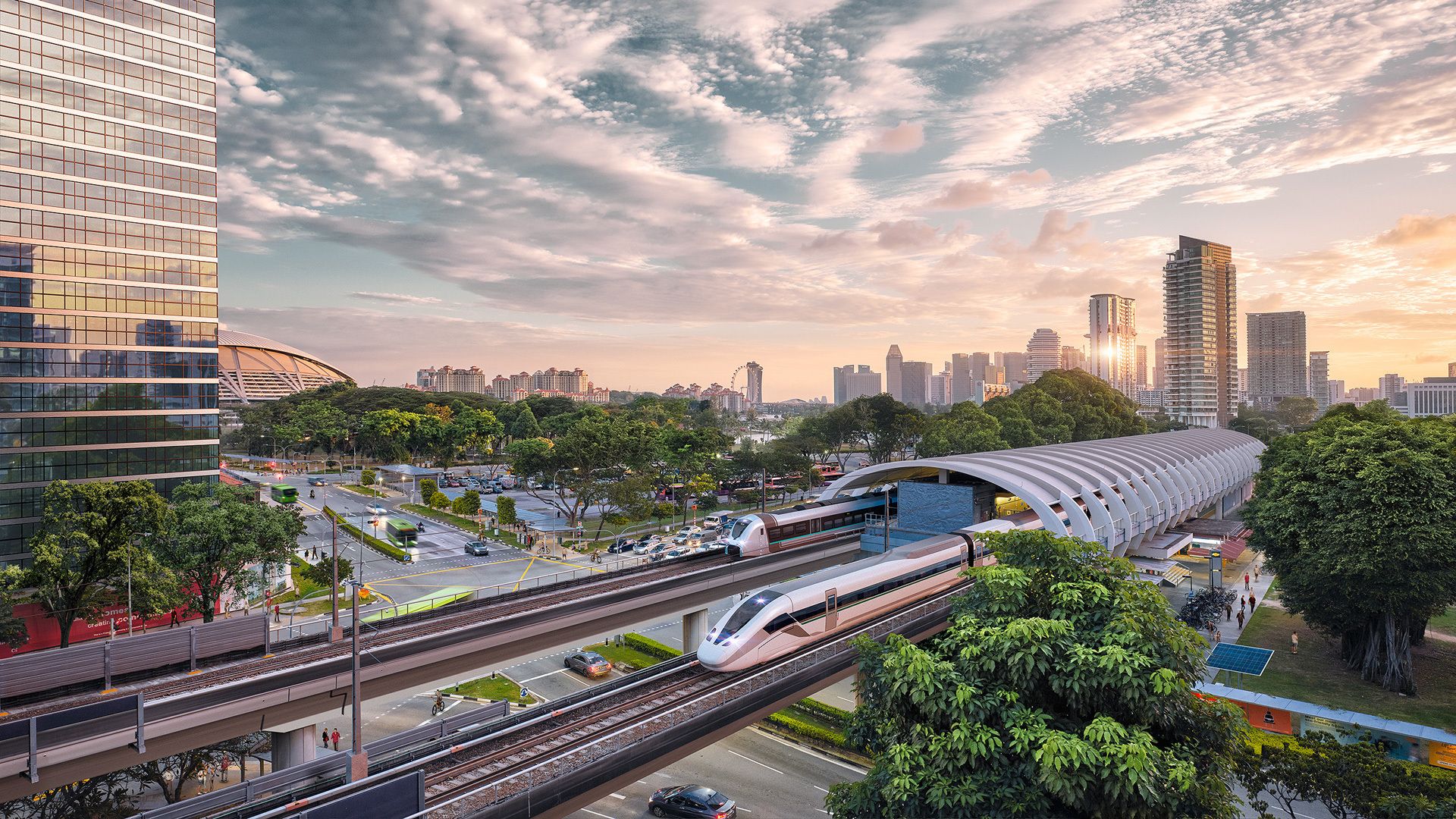Mobility in military terms refers to the ability of a weapon system, combat unit or armed force to move toward a military objective. Combat forces with a higher mobility are able to move more quickly, and/or across more hostile terrain, than forces with lower mobility.
- MOBILITY SCOOTER Mobility Scooter. POWER CHAIR Power Chair. MANUAL EQUIPMENTS Rollartor Transfer Chair. BATH SAFETY Shower Chairs Stools. Welcome To C.T.M.
- Live a More Independent Life with Mobility Central. Here at Mobility Central in Vestavia Hills, our experts offer a customer-centered approach. This allows us to provide personalized care to those in need due to age-related limitations, injuries, long-term disabilities or other illnesses and disabilities that are limiting your ability to live an independent and healthy life.
- For over 50 years, MOBILITY Credit Union has strived to be the helpful place to bank by providing customers with low auto, home and credit card rates and savings and checking accounts that consistently pay above average market rates.
With website paging you can send word messages from the Spok website to a word messaging subscriber. Subscribers receiving the page will get the entire message without having to make a call.
Mobility is regarded as a vital component of the modern battlefield, as the ability to deliver weapon systems or combat units to their objective quickly can often mean the difference between victory and defeat. Visual studio 2013 for mac. Armies around the world have massively increased their mobility over the last one hundred years. In World War I, for example, most combat units could only move on the battlefield as fast as a soldier could walk; in the face of overwhelming firepower presented by machine guns and artillery, this resulted in stalemate and an inability to outmaneuver the enemy. By World War II, battlefield mobility had greatly improved with the development of the tank, and with tracked and other mechanized vehicles, to move forces to, from, along and across the battlefront even under fire.
Since the end of World War II, armies have continued to develop their mobility. By the 1980s, for example, intercontinental travel shifted from sea to air transport, enabling military forces to move from one part of the world to another within hours or days instead of weeks.
Mobility has also been referred to as a combat multiplier. A highly mobile unit can use its mobility to engage multiples of its own combat strength of less mobile units, i.e., German panzer divisions in World War II were considered the equivalent of two or three infantry divisions, partly due to their superior mobility and partly due to inherently greater firepower.
As intelligence, surveillance, target acquisition, and reconnaissance capabilities are rapidly developing, mobility becomes even more important. In 2016, Chief of Staff of the United States Army Gen. Mark A. Milley stated that 'On the future battlefield, if you stay in one place longer than two or three hours, you will be dead.. With enemy drones and sensors constantly on the hunt for targets, there won't even be time for four hours' unbroken sleep'.[1]
Mobility has also been defined in terms of three generally recognized levels of warfare: tactical, operational, and strategic. Tactical mobility is the ability to move under fire. Operational mobility is the ability to move men and materiel within the area of operations to the decisive point of battle. Strategic mobility is the ability to move an army to the area of operations.
In World War I, most armies lacked tactical mobility but enjoyed good strategic mobility through the use of railroads, thus leading to a situation where armies could be deployed to the front with ease and rapidity, but once they reached the front became bogged down by their inability to move under fire.

Mobility corridor[edit]
A mobility corridor is an area where a military force will be canalized (channeled) due to terrain restrictions. It allows forces to capitalize on the principles of mass and speed, and needs to be relatively free of obstacles.[2]
Mobility corridors can be combined to make avenues of approach. Maximum distances between mobility corridors (sizes of avenues of approach) are as follows:[citation needed]
- Division avenues of approach have regimental mobility corridors no more than 10 kilometers apart.
- Regimental avenues of approach have battalion mobility corridors no more than 6 kilometers apart.
- Battalion avenues of approach have company mobility corridors no more than 2 kilometers apart.
- Company avenues of approach are at least 500 meters wide.
See also[edit]

References[edit]
- ^https://breakingdefense.com/2016/10/miserable-disobedient-victorious-gen-milleys-future-us-soldier/
- ^'Dictionary of Military and Associated Terms'. United States Department of Defense. Archived from the original on 2016-10-10. Retrieved 2016-10-24.
MTA MobilityLink (Paratransit) Program
MobilityLink service is for individuals with disabilities who are unable to use the MTA fixed route system, which includes CityLink, LocalLink, Metro SubwayLink or Light RailLink service.

For our complete MobilityLink/Paratransit Services Ride Guide, click here.
MobilityLink ApplicationDownload
If you have any problem accessing this document, please contact us at 410-764-8181.
What is MobilityLink?
MobilityLink is a specialized transit service available to people, who because of a disability are functionally unable to get to a bus stop, wait unassisted at a stop or station or board or ride a bus or train by themselves.
MobilityLink is a shared ride service offered from the first exterior door of your home or pick up location to the first exterior door of your destination.
Where and when does MobilityLink operate?
MobilityLink service is available within three quarters (¾) of a mile of any LocalLink route in Baltimore City and Anne Arundel and Baltimore counties and within three quarters (¾) of a mile radius of a Light RailLink or Metro SubwayLink station. This does not include MARC Train or Commuter Bus routes.
MobilityLink is available on the same days and during the same hours as any LocalLink, Light RailLink or Metro SubwayLink 365 days a year.
Operating Hours
Reservations are accepted by phone during normal business hours seven days a week. You may make reservations by calling MobilityLink at 410-764-8181 or the free TDD 711 Maryland Relay Service. You can always reach the Late Line 24 hours a day seven (7) days a week. PassWeb is available 24 hours per day.
Customer Care is open Monday through Friday from 8:30 a.m. to 5:00 p.m. Certification hours are from 8:30 a.m. to 4:00 p.m.
You can confirm or cancel your trip 24 hours a day, seven (7) days a week, either by speaking to an agent or by using the Mobility Direct IVR system at 410-764-8181.
What does it cost to ride?

The one way fare is $2.10 for eligible riders and their guests. If you are certified to travel with a Personal Care Attendant (PCA) they ride for free. Passengers must pay the exact fare when boarding the bus. A maximum of two children under the age of six (6) may ride free of charge and children over six (6) pay the adult fare of $2.10.
We cannot provide change, nor do we accept round trip fares.
A 20 ride ticket book may be purchased for your convenience at the MDOT MTA Transit Store.
Online: Ticket ride books may be purchased at mta.maryland.gov/pass-store
Transit Store: Tickets may be purchased in person at 6 Saint Paul St. First Floor, Baltimore, MD 21202 Monday through Friday between 8:00 a.m. and 5:00 p.m. You may call the Transit Store for more information at 410-767-3447.
Tickets never expire and are valid anytime.
How to Participate
To qualify for MobilityLink service applicants must have an impairment that prevents them independently accessing, boarding, disembarking or riding other MTA services.
If you think you qualify you should call the MobilityLink Certification office at 410-764-8181, select Option 6 to request an application or click here to download an application. Certification Office hours are 8:30 a.m. to 4:00 p.m. Monday through Friday.
Be sure to read the directions before completing your part of the application and then send it to your health care provider to fill out. Be sure that your health care provider gives you the original signed application that includes their license number Bionic delay vst for mac. , then call for an appointment to be interviewed.
*** During the COVID-19 State of Emergency, completed applications can be submitted via fax to 410-764-7526 or via email to MTACertification@mdot.maryland.gov ***
How to appeal a determination
MOBILITYLINK APPEALS PROCESS
(updated August 7, 2018)
You may take an appeal if you have been (1) denied eligibility; or (2) granted temporary or conditional eligibility and believe you should have been granted full eligibility; or (3) suspended or barred from receiving services.
To do so, you must follow these steps to appeal the decision:
- You must submit the appeals form to Mobility Appeals, Office of Equal Opportunity Compliance Programs within 60 days from the date on your determination letter or you will lose your right to appeal. Your appeal request may be done in person, by phone or in writing. We will notify you of the date, time and location (if you choose to appear in person). We will schedule your hearing within 30 days of receipt of your appeal request.
- Written appeals should be provided to Mobility Appeals, Office of Equal Opportunities Compliance Programs at 6 Saint Paul St, Baltimore, MD 21202.
- Maryland Transit Administration (MTA) will grant current customers/recertification applicants temporary paratransit service during the appeal process if a completed Hearing Request form is received by MTA within 10 calendar days of receipt of a denial letter. Mobility does not offer temporary paratransit service to new applicants during the appeal process. If an appeal determination has not been made within 30 days of your appeal hearing, MTA Mobility will provide you with paratransit service from the 31st day until an appeal decision is made.
- In order to obtain a copy of your Mobility Application and all supporting documents before your hearing, you must mark the option “I would like a copy of my file” when completing the attached MTA’s Hearing Request form. You may also submit a written request for your Mobility Application and all supporting documents no less than 10 days before your hearing. MTA encourages you to provide an email address on your request for faster service.
- Please contact Mobility to schedule a ride to your appeal hearing if needed. The ride will be provided free of charge to encourage your attendance at the hearing.
- It is important that you attend the hearing in person, by phone or that you submit by the hearing date any information you would like us to consider. If you have scheduled a telephone hearing, please make sure the Mobility Appeals, OECP has a good contact number to reach you at the designated date and time.
- To reschedule your appeal date and time, contact the Mobility Appeals, OECP at 410-764-8507 and a new hearing will be scheduled within 30 days. You may be required to provide documentation to support your postponement request.
- If you fail to participate in your appeal, the original decision will be reviewed and an appeal decision will be rendered as to whether to uphold or overturn the original decision.
- You may have a representative with you during the hearing (for example, someone from an advocacy organization or an attorney). A representative may assist you in presenting information to the decision maker, but may not answer questions for you or interfere with the conduct of the hearing.
- Hearings will be audio recorded.
**Este documento se encuentra disponible en un formato alternativo o traducido según solicitud.
**MTA MobilityLink Information; Telephone Number: 410-764-8181; Toll Free 1- 866-743-3682; TTY 410-539-3497; MD Relay 7-1-1
The Maryland Transit Administration is committed to ensuring that no person is excluded from participation in or denied the benefits of its transit services on the basis of race, color or national origin, as protected by Title VI of the Civil Rights Act of 1964.
Participation for out of town visitors
If you are a visitor with a disability, the MTA will be happy to assist you use the MobilityLink service for up to 21 days each year. Simply fax us your eligibility determination letter from your service provider to 410-764-8509. We need to know your name, and when you want to travel and how we should send you information confirming your eligibility for MobilityLink. It may take up to 3 days to process so please plan ahead.
If you have not been certified by another transit system and wish to use our service, please tell us what mobility device you use or provide a doctor’s note confirming a disability along with the information requested above.
Regional Travel
There are many accessible travel options throughout Maryland and the District. Click here to see Regional Transit options.
Interested in advising MTA about important issues?
The Citizens Advisory Committee for Accessible Transportation (CACAT) is an advisory body, mandated by federal ADA requirements, that meets on the third Thursday of every month except August and December. Meetings take place in the 5th Floor Conference Room at 6 St. Paul Street in Baltimore. CACAT advises MTA about programs and services, both paratransit and fixed-route, affecting individuals with disabilities using MTA modes of transportation. Members of CACAT are respected as an integral part of the ongoing service improvement process.
MTA MobilityLink Brochures
We have all our MobilityLink Brochures in both downloadable PDF and HTML format. Please visit our Brochures & Publications page for a list of all available MobilityLink brochures.
Certified Rider Information
Visit our Certified Riders page for important information for individuals approved to use MTA MobilityLink and Call-A-Ride. You will find sections about how to make and cancel a reservation as well as other helpful topics.

National Seating And Mobility
Reasonable Accommodations
Mobility Schweiz
If you need help understanding this information or assistance in completing or understanding Mobility forms or policies, wish to request a reasonable accommodation or modification, or need a copy of this document in an alternative format, please contact Mobility Information at 410-764-8181, Toll Free 1-866-743-3682, TTY 410-539-3497, or MD Relay 71. You may also contact the Office of Equal Opportunity Compliance Programs at 410-767-3779.
